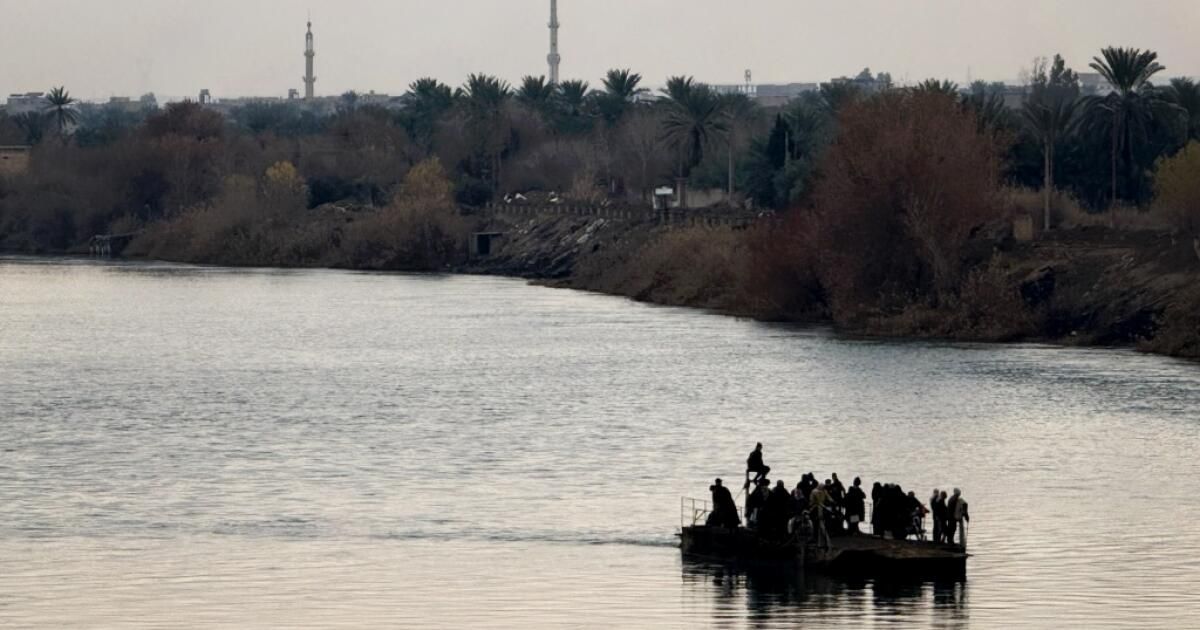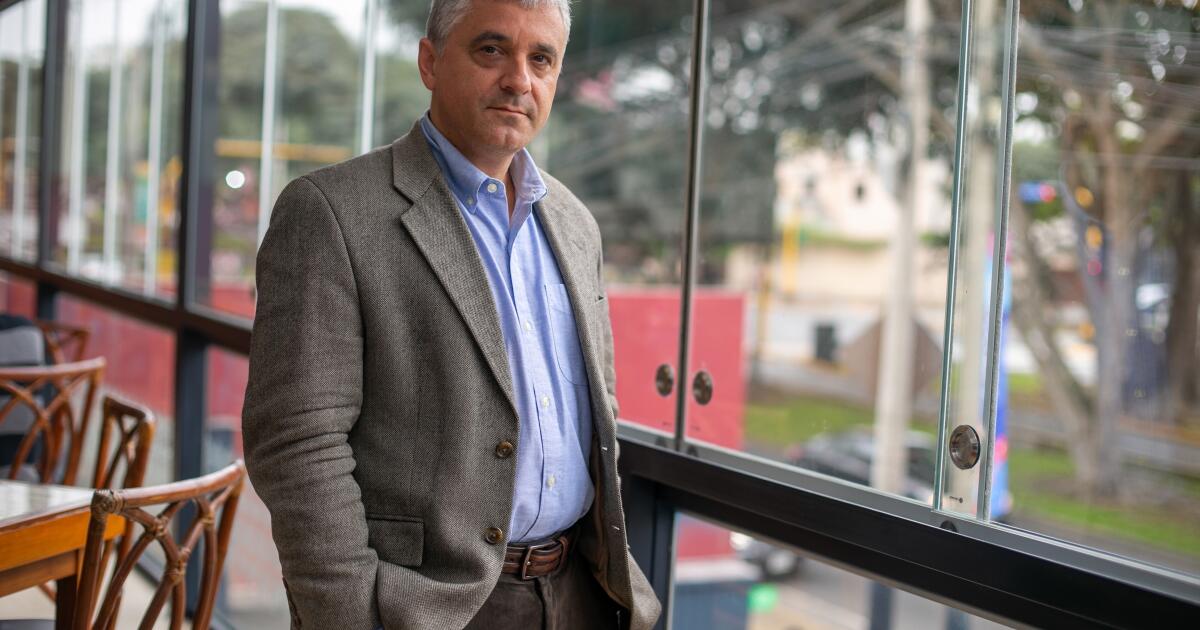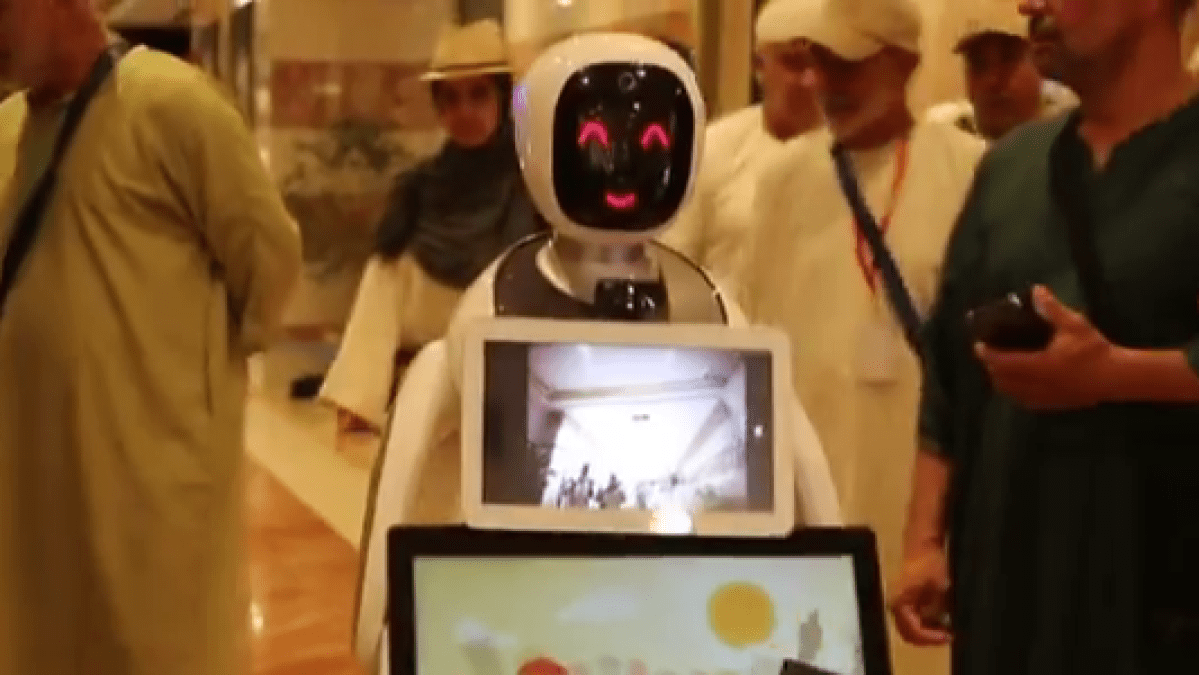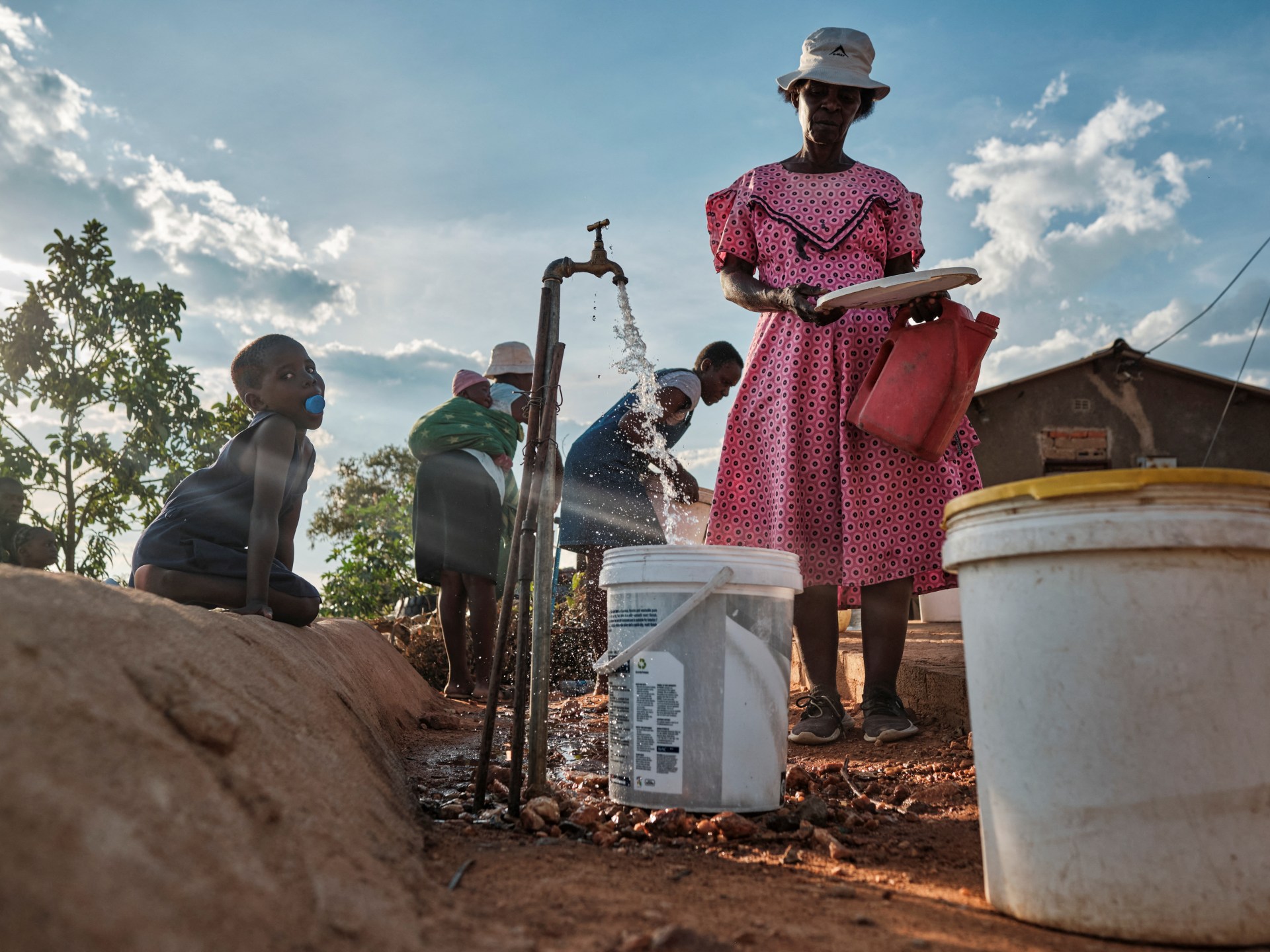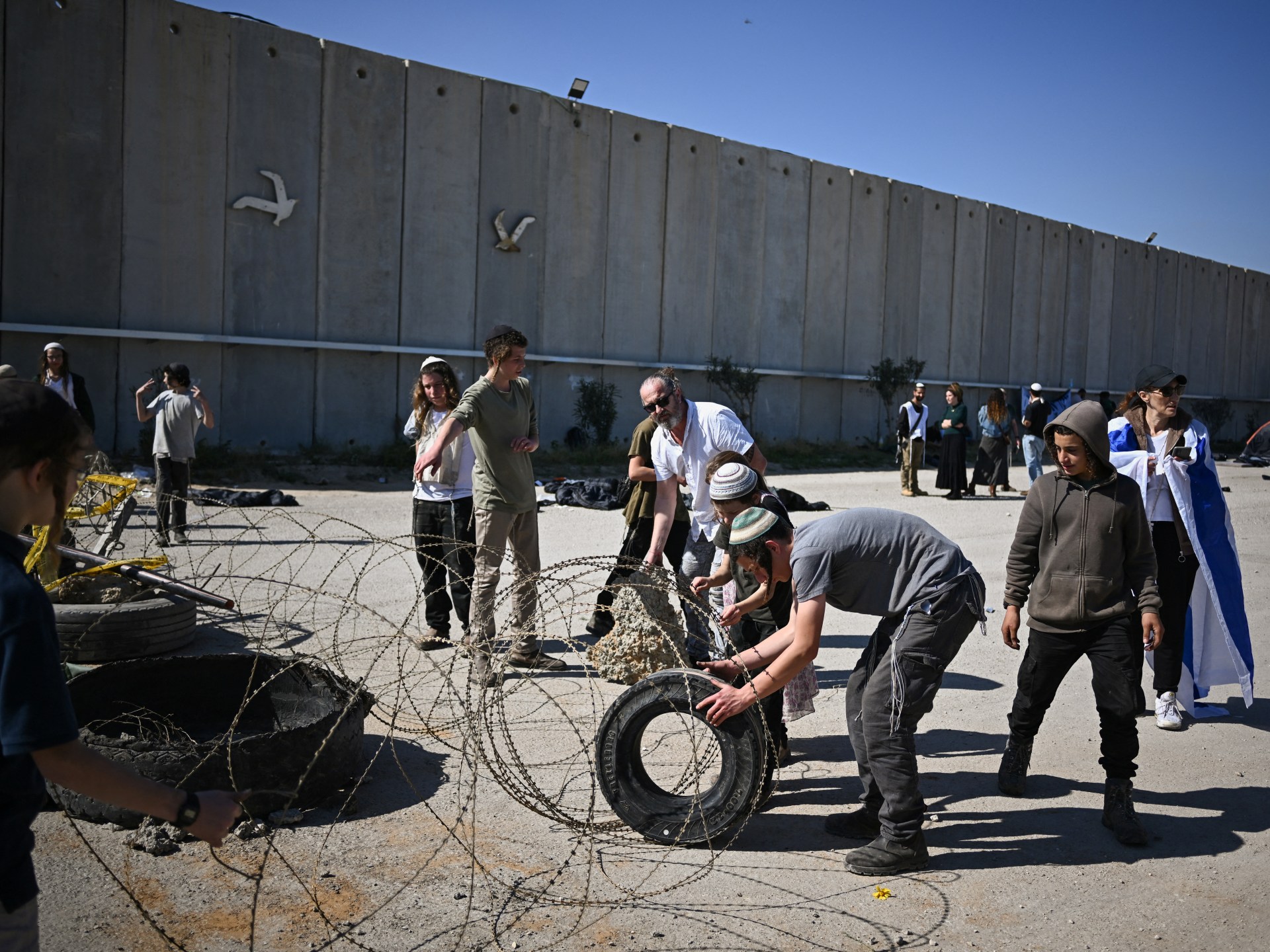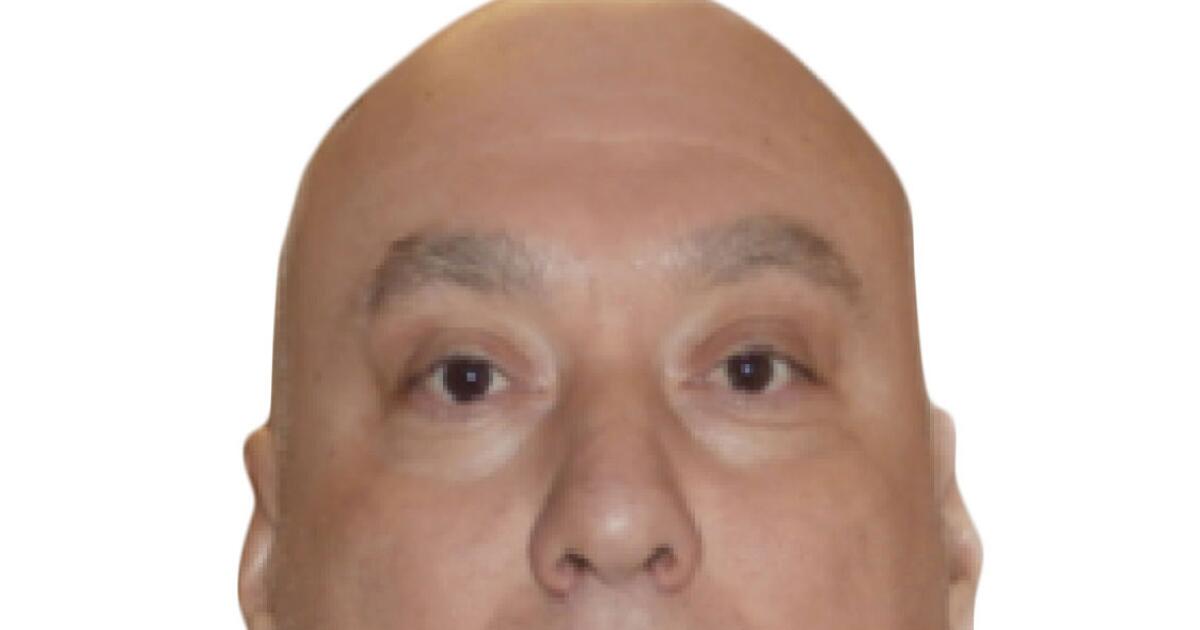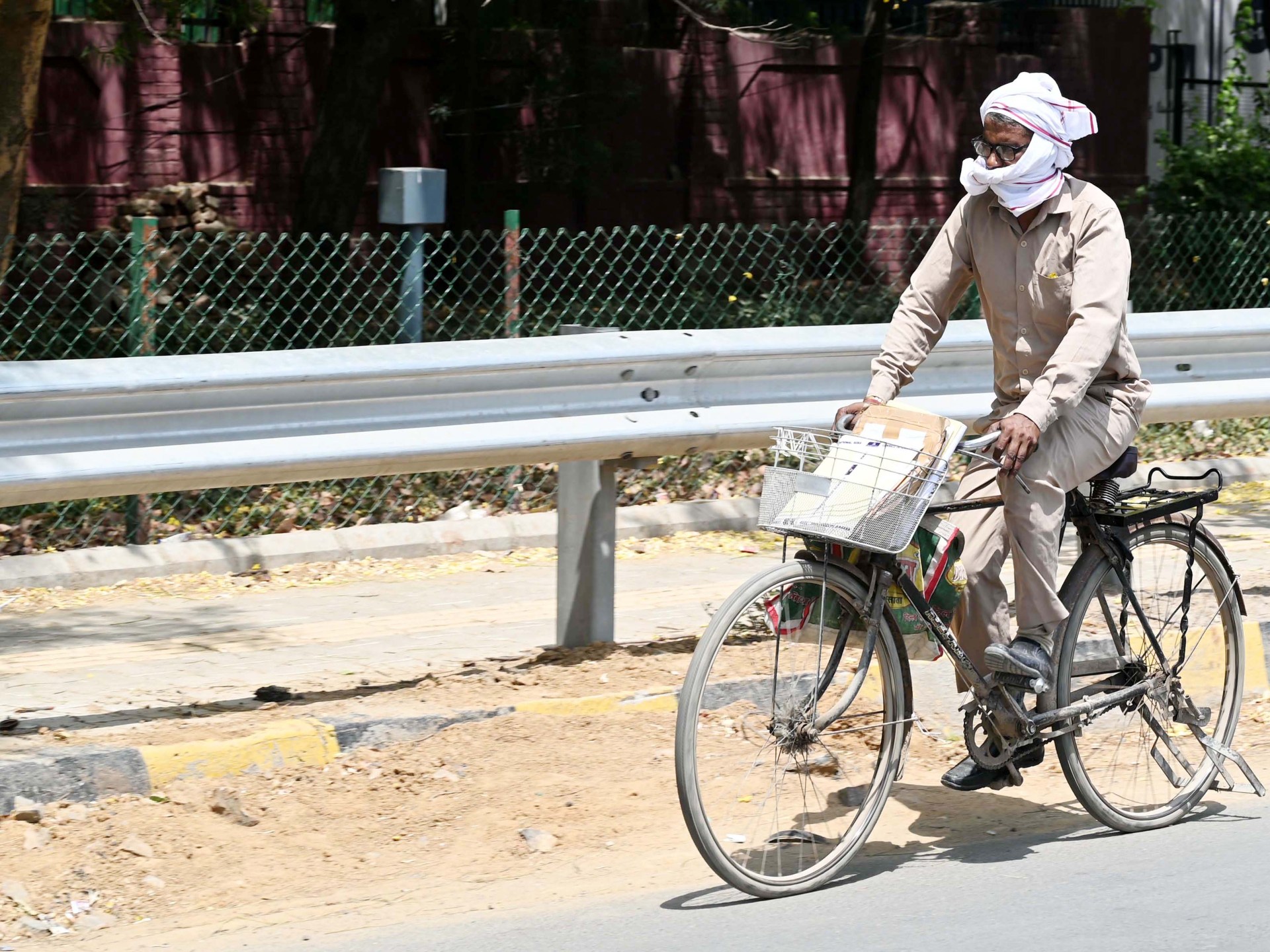Hirri, Syria – Mohammad Khalawi explains the devastation of the province of Syria Deir Al-Zour through the scars left by the many conquerors that passed for 13 years of civil war.
It was here in this eastern province rich in resources that Khalawi saw the rebels expel the loyal ones of the Syrian President Bashar Assad in 2012, before being supplanted by jihadi fighters, which in turn were soon expelled by militants of the Islamic State.
One of the many neighborhoods destroyed in Deir Al-Zour, Syria.
It was here that the Islamic State entrenched, transforming Deir Al-Zour into an oil and gas fief to finance the end of the extremist group, before two rivals: the Syrian government, backed by Russian attacks and militias created by Iran, and A kurdo -read militia with American support: free offensives in 2019 to defeat the group, also known as ISIS.
And it was here, the day before the expulsion of Assad in December, that Khalawi watched thousands of soldiers and fighters pro-I saw to flee to Iraq and give their positions to the Kurdish militiamen; A few days later, the Kurds also left.
“Everyone went through this place,” Khalawi said. “These groups were not here to work for us. They were here to loot and steal everything they could. ”
Each new power painted on the propaganda posters and badges of its predecessors, leaving the buildings of the province a Palimsest of the winners and losers of the war.
In Hirri, a small town located between the Euphrates river and the border with Iraq, Khalawi pointed out the faded contour of a logo of the Islamic State on the wall. Near him there was a banner that said “Death to Israel”, an artifact of when a militia backed by Iran controlled his neighborhood. Painted in addition to that was the Red-Blanco-Negro tricolor of the Government of the Assad era and a disfigured poster of Assad.
Khalawi, accountant of the municipality of Hirri, now is witnessing another change of image, this time for the Islamist rebels who expelled Assad at the end of last year. In the almost two months since he assumed power, the new government, led by the Islamist faction, Hayat Tahrir al Sham, has been occupied by putting its own brand in the province, recovering advanced positions and the headquarters of the militia, restoring the infrastructure and painting it with the groups of rebels symbols.

The market in Bukamal, in the province of Syria Deir Al-Zour, has returned to life after the expulsion of President Bashar Assad in December 2024.
Khalawi is optimistic, so far. Like many here, he saw Assad's fall as the omen of a new beginning for Syria, and the tense province of Deir Al-Zour.
Although the war has decreased in much of the country, Deir Al-Zour, which is bisect by Euphrates, remains a hostage of competition ambitions.
The areas east of the river, where much of the oil and water resources of the province are found, are controlled by the Syrian Democratic Forces, or SDF, an administration dominated by the Kurdish supported by the United States
Territory west of the river is in the hands of the new government. And somewhere in the shadow lands of the desert of the province, the sleeping cells of the Islamic State expect their possibilities.

The sequels of Israeli air attacks at Deir Al-Zour airport.
The United States has a presence of troops of 2,000 people in the area, which says it is only to counteract a possible resurgence of the Islamic State and protect the prisons and SDF camps with thousands of Loyal ISIS. But the SDF has used its association with Washington to build a proto-state in the northeast of Syria and refuses to dissolve despite the new Damascus government.
That has bothered Turkey, who supported the rebels who now control Syria. Türkiye considers that the SDF is a branch of the Kurdistan Workers Party, which labels a terrorist group. Türkiye has threatened to launch an offensive to destroy the group.
The incipient leadership of Syria must navigate this labyrinth. It needs the United States to lift the sanctions to Syria, since it tries to revitalize the northeastern oil and agriculture riches.
“We have enough of our people in the SDF areas so that we do not even need bullets to wear them. But the Americans are there, and we cannot enter a confrontation with them, ”said Abu Humam al-Deyri, who directs security at the border crossing.
Al-Deyri, who gave his Guerre Nom to protect his family from reprisals, is one of the many Hayat Tahrir commanders Al Sham who cannot return to his village in Deir Al-Zour because he remains under SDF control. He considered the SDF little better than the Assad government, with a Kurdish minority that imposed its rule and ideology in the Arab majority areas.
“My joy for expelling Assad will not be completed until my people get rid of the SDF,” he said.
Until now, interim government officials have pressed for a peaceful approach. In an interview with Syrian television this week, interim president Ahmad al-Sharaa said that the negotiations with the SDF were underway, adding that “disagreements remain.”

One of the many neighborhoods destroyed in Deir Al-Zour. The city, among the most affected in the Syrian civil war, suffers cuts of chronic energy and water shortage.
A resolution is needed at al-zour. In the provincial capital, entire neighborhoods have been wasted. Electricity turns on for less than an hour every six hours, as a result of war damage to generators, but also because the SDF controls gas fields and has refused to supply more energy.
Water scarcity is frequent. Residents, many of whom have returned to houses that are little more than lots of debris, are desperate for opportunities.
“He was a professor of computer studies. Now we return to the days of the transport doves, ”said Mahmoud Al-Ali, a 35-year-old player who repairs a wall flown in a store. “We are so tired. We can't go through more war. “
Next to him was Ahmad Al-Ali, a 20-year-old nursing student who was now illuminating the moon in the construction to help pay the expenses of his wife and two children, as well as for his parents.
“I can do this friendly job because I'm young. But my parents are teachers and there are no schools to return. What will they do? said.
There are fears that any fight between the SDF and the government would see ISIS take advantage of the security vacuum. Although the extremist group is very decreased, it maintains about 5,000 combatants, analysts say, and could go to prisons and camps to free detainees to whom US military officers have described as an “army of ISIS waiting.”
“The idea of a clear transfer of prisons during an offensive in Turkey or the Government, is impossible,” said Mohammed Saleh al -ftayeh, a political researcher from Deir Al-Zour. “At the time the SDF sees the troops crossing the euphrates, it will open the cell doors and let the Turks or whoever face that.”
For its part, Turkey says that preliminary conversations have already begun with regional governments to fight the Islamic State, and that the new Syrian government would assume the responsibility of ISIS prisoners. All of that would allow the United States to cut ties with the SDF, Turkish Foreign Minister Hakan Fidan said on Sunday at a press conference in Doha, Qatar.
“We hope that President Trump will make the right decision and correct this badly,” he said.
Khalawi was derogatory.
“The regime, the Iranians, the Russians, the Kurds, the coalition, every side that came here used the Islamic State as its excuse,” he said. “Everything is a farce.”

